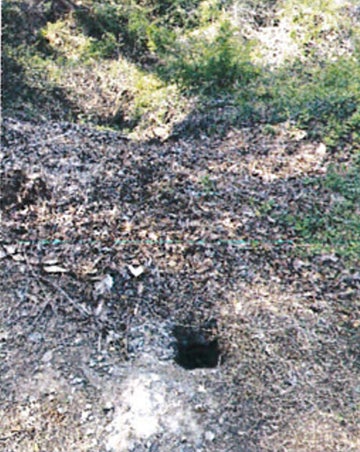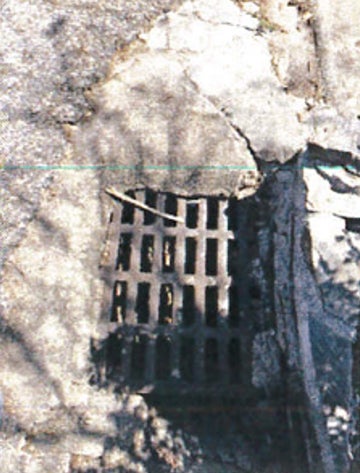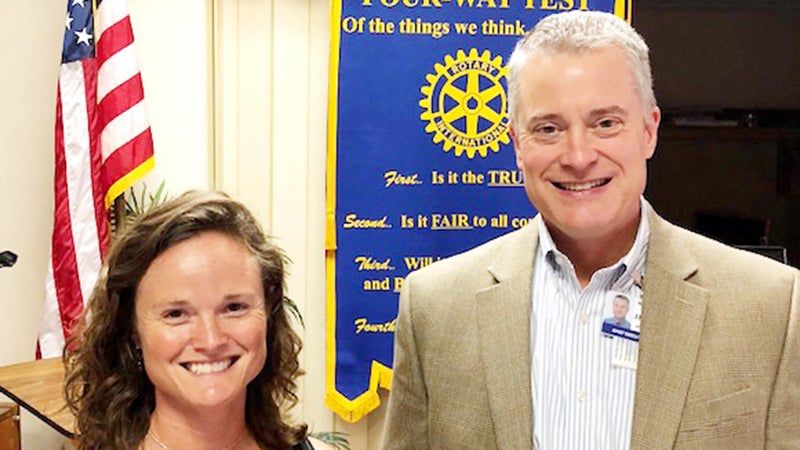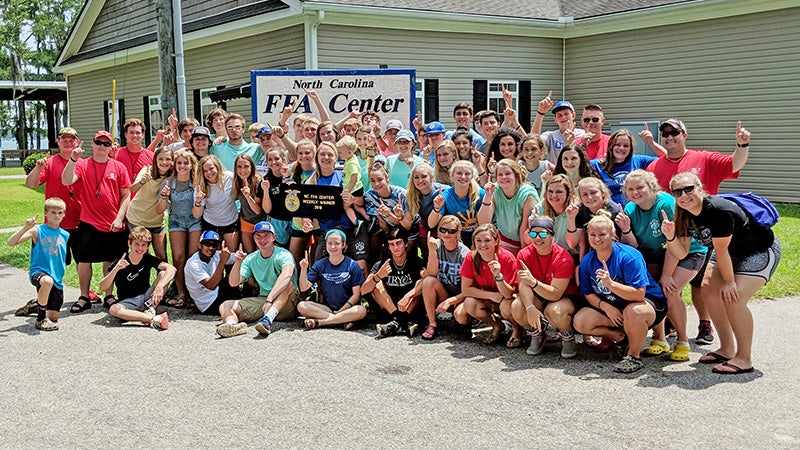Water, water everywhere throughout Landrum
Published 8:00 am Saturday, June 16, 2018
LANDRUM — “The water runs through grate into the neighbor’s driveway and through our backyards,” said David Murphy, who lives on Oak Street in Landrum.
Murphy spoke up during the public comment section of the Landrum City Council meeting Tuesday.
“It’s the craziest design. It renders our yards useless,” he said. “We have reported it to the county, and they said it was not their issue.”
Oak Street is one of 10 areas in Landrum recognized as having drainage problems. Unfortunately, of the nine streets identified, only one is actually under the city’s jurisdiction.
The other streets are supposed to be maintained by Spartanburg County or by the South Carolina Department of Transportation. However, during the premeeting work session, both Landrum Mayor Robert Briggs and City Administrator Rich Caplan said the state will not do any repairs on side streets unless they are catastrophic problems.
“The state has pretty much said they will only fix interstates and main arteries,” Briggs said.
The city recently commissioned Toole Design Group in Spartanburg to examine the affected areas and produced a report listing those areas, the proposed solutions and the entity that is responsible for effecting repairs. The report lists the areas as East Rutherford, South Lyles, South Church, North Oak, East Earle and North Pine streets, the alley at East Rutherford, the First Baptist Church parking lot and Red Bird Lane.
The report shows all of these streets, except the alley behind East Rutherford, are under the jurisdiction of the state and/or county.
Included in the report are both short-term and long-term solutions for the affected areas and the costs for the work. Unfortunately, SCDOT will not help with any repairs on side streets such as these, and will not provide any funds to help, Caplan said.
Caplan added that the additional gas taxes the state recently levied would all go toward highways and major roads.
“The state is actively talking to towns and counties about taking over side streets,” he said.
The report estimated short-term repair costs between $88,500 and $130,000. Long-term repair costs could be well over $300,000.
Landrum city staff could make some of the repairs, though much of the work would require hiring outside contractors.
Caplan said there could be reasons for the city to consider taking over the streets, including more easily controlling speeding issues by installing speed bumps. However, the city would also be responsible for all repairs.
“How much will it cost to bring these streets up to grade?” asked Councilman John Carruth. “It will be astronomical. “
Carruth added that if the state would do the work to address the current issues in these streets, then they might reconsider the idea.
“We can’t afford to [bring the streets up to code],” he said. “I guarantee we can’t afford to do it.”
“We did the right thing,” said Councilman Jon Matheis. “We got the study done. The majority of the problems is DOT, and they’re not going to do anything anyway.”
Matheis and the other council members agreed with Carruth that the city could not afford to take over the streets while in their current state of repair. The council agreed that they also did not want to raise taxes in order to cover the cost of repairs.
“Why should we jack prices up to do the state’s job?” Carruth asked.
“I say we leave it alone. It’s not ours,” said Councilman Billy Inman.
Compared to the problems their neighbors were having a few miles up the road in Tryon, this may not seem like a big deal, Briggs said.
“Unless it’s in your backyard and directly affecting you,” he said.
Briggs added that though their hearts and prayers go out to those in Tryon who have experienced such catastrophic affects from the storms, they still wanted to do what they could to address the problems Landrum citizens are having with drainage.
“We can’t tackle all this at one time. We do what we can as we can,” he said. “We can start by picking a few items that we can do in-house or inexpensively. We’ve had an extraordinarily wet spring and summer. Hopefully the public is a little understanding that we’ve had a rough year.”






